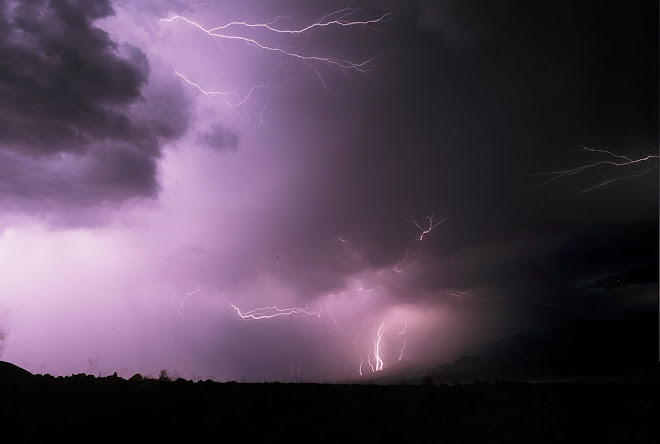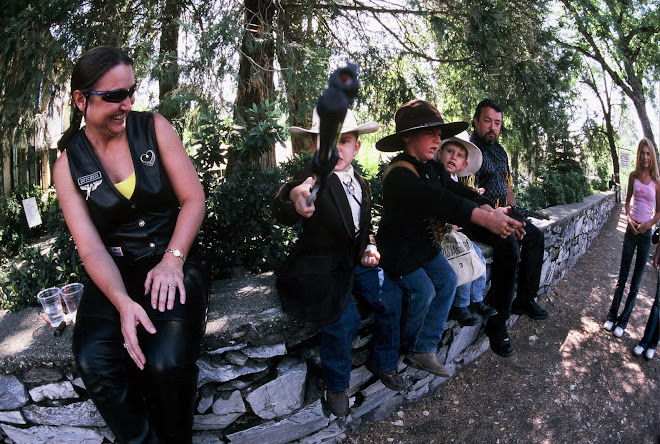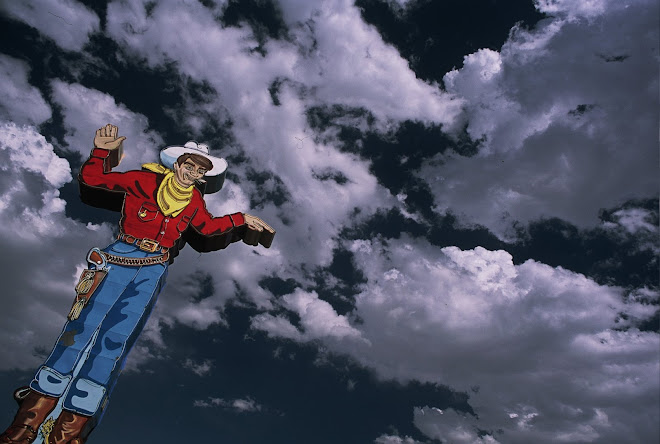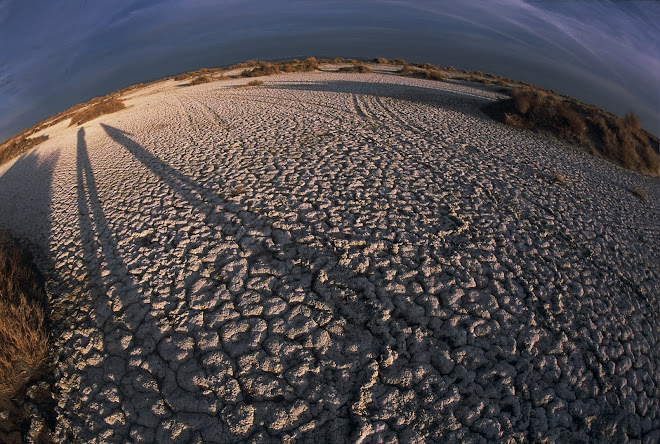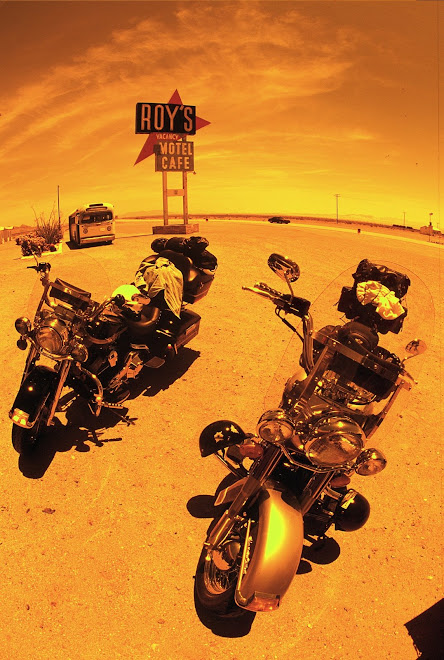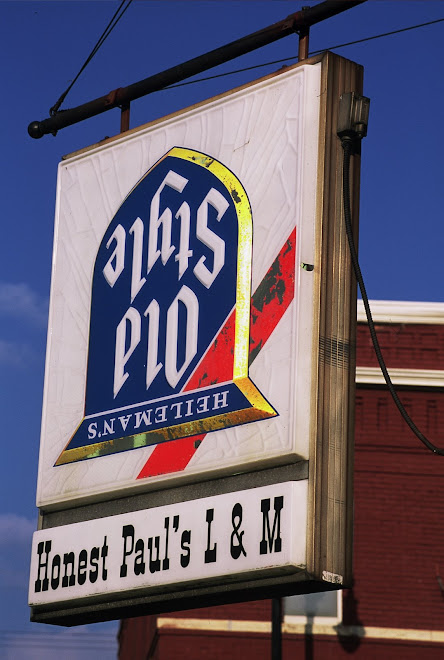
Los Angeles’ handsome Union Station has weathered changes in transportation preferences for 70 years. This iconic terminal on Alameda Street – constructed literally a block away from the site of the city’s first settlements – represents an appropriate California fusion of historic Mission Revival and modern Art Deco architectural styles and is considered the last great station erected in the United States. Its waiting room is tall, bright, and airy and is clad with decorative marble floors, tiles, and mosaics. Warm breezes and birds are frequent visitors from the outside. Open courtyards and patios complete with fountains and attractive landscaping surround the station on three sides. Not surprisingly, it has served as the backdrop for many films over the years.
Rail travel began to succumb to the growing popularity of air travel and the introduction of the interstate highway system in the 1950s. Southern Pacific, Union Pacific, and Santa Fe streamliners serving Los Angeles labored on until the 1971 formation of Amtrak.
Used by only a handful of Amtrak trains into the 1990s, the station’s future once seemed uncertain and it was practically forgotten in a sprawling, automobile-obsessed metropolis void of rail transit. But today, it has a new lease on life and is again a vibrant transportation centerpiece serving Amtrak intercity and long distance services, Metrolink’s vast schedule of commuter trains, and three lines of the growing Los Angeles Metro. The well-maintained station features restaurants, bars, and shops and hosts private events regularly. Travelers, commuters, and local residents have returned to this largely unaltered historic property in unprecedented numbers. Following are images of people at Union Station.

While walking and eating simultaneously, a man splits a beam of sunlight streaming in through one of the tall windows in the waiting room.

On the inside, looking out: A woman peers through a waiting room window at a wedding reception taking place in a station courtyard.

A woman nonchalantly sweeps the brick floors near a side entrance to the waiting room while a young boy zips across her path on a skateboard.

A couple sits comfortably in one of the station’s sturdy upholstered waiting room settees and busies themselves with news stories, crossword puzzles, and coupon clipping in the Los Angeles Times.















